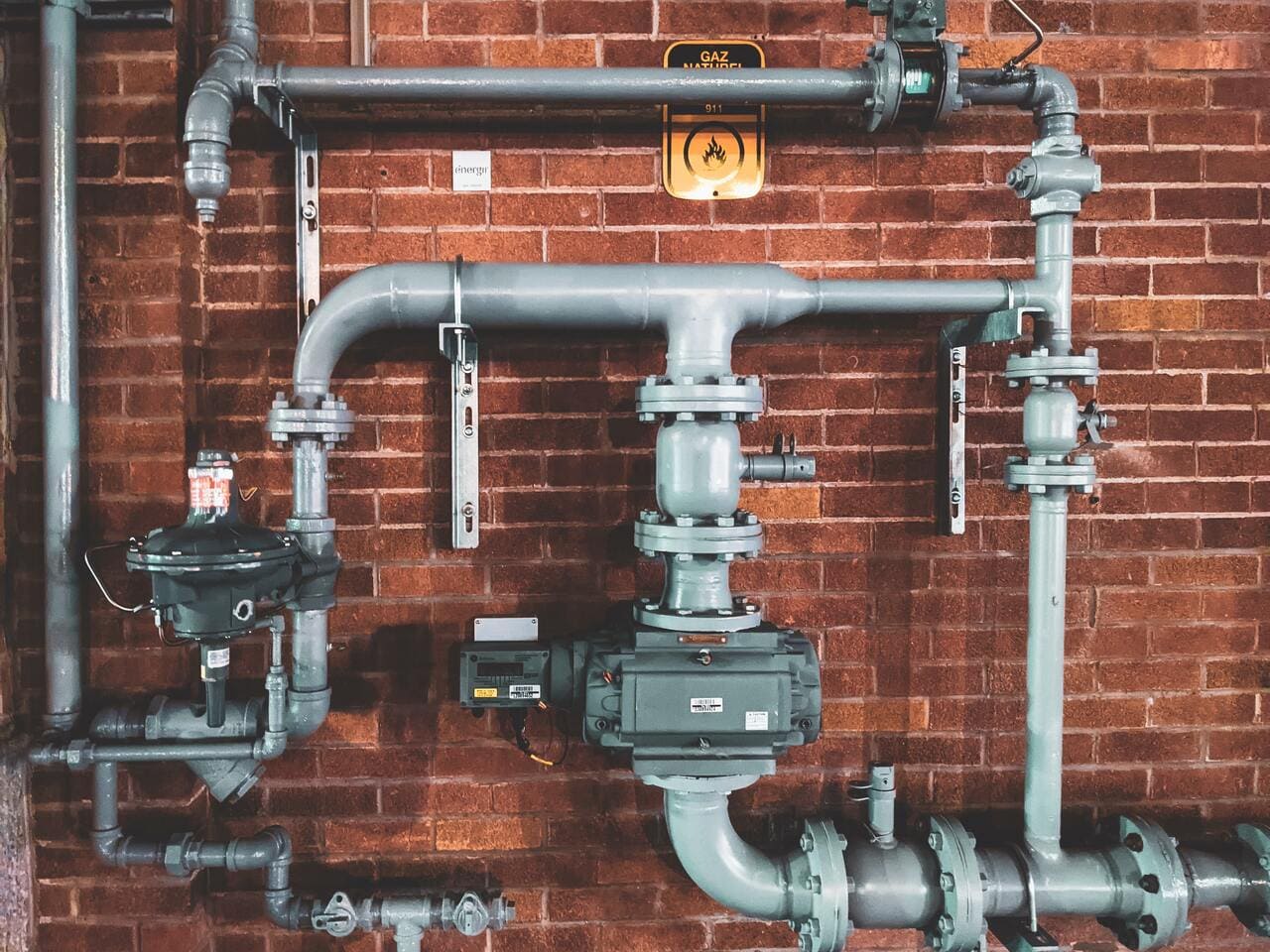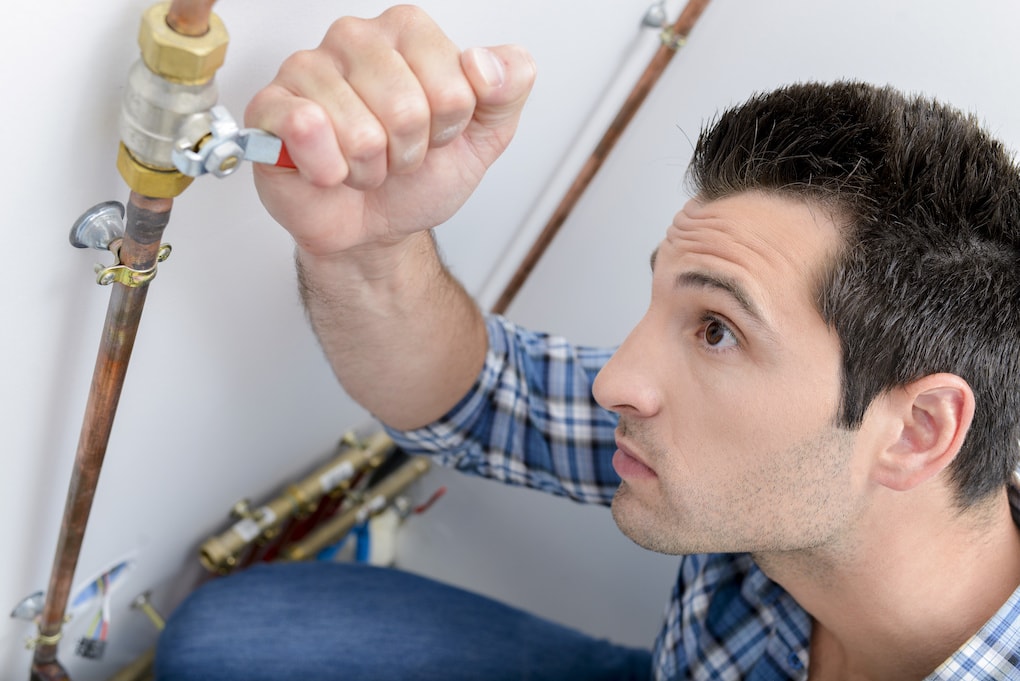Exposing the Next Phase of Plumbing: Trends and Innovations
Exposing the Next Phase of Plumbing: Trends and Innovations
Blog Article
The author is making several good points on The Future of Plumbing: Trends and Innovations to Watch in general in this content down below.

Introduction
The pipes market is going through a transformative stage driven by technological improvements and expanding problems for sustainability and performance. This post explores arising patterns and innovations shaping the future of plumbing.
Regulatory Landscape
Regulatory frameworks play a critical duty fit the fostering of plumbing technologies, with requirements and codes controling everything from water effectiveness to product security. As modern technologies continue to progress, governing bodies must adapt to guarantee consumer protection and ecological stewardship.
Future Expectation
The future of plumbing is defined by continued development and combination with other markets such as IoT, renewable resource, and building automation. By welcoming sustainable techniques, leveraging arising technologies, and prioritizing user-centric layout, the pipes market is poised to address the developing requirements of culture while reducing its ecological impact.
Increased Reality in Plumbing
Enhanced Fact (AR) innovation is changing pipes by giving professionals with real-time aesthetic support for repairing and repair tasks. AR-enabled clever glasses or mobile applications overlay digital info onto the physical atmosphere, helping plumbers envision pipe formats, determine concealed leakages, and execute fixings with precision.
Impact of 3D Printing
The advent of 3D printing has presented brand-new possibilities in manufacturing pipes parts. From custom-made components to complex pipeline installations, 3D printing allows for fast prototyping and on-demand production, lowering preparations and enabling better personalization in pipes design.
Health and Safety Qualities
In reaction to heightened issues for health and safety, plumbing components are including functions such as antimicrobial surface areas, touchless operation, and self-cleaning systems. These advancements not only improve hygiene however likewise advertise customer comfort and ease.
Hygiene-focused Components
Touchless taps, self-sanitizing bathrooms, and antimicrobial surfaces are ending up being increasingly widespread in property and industrial settings, minimizing the danger of bacterium transmission and promoting a cleaner, healthier environment.
Water High Quality Monitoring
Developments in water quality surveillance modern technologies allow property owners to monitor the pureness and safety and security of their water system in real-time. Smart water top quality sensors can spot impurities, pH levels, and temperature level variants, equipping individuals to take aggressive actions to ensure water safety.
Remote Plumbing Services
Remote diagnostics and online aid are revolutionizing the way plumbing solutions are delivered. Through video clip conferencing and remote access technologies, plumbing technicians can fix issues, supply support for do it yourself repair services, and also carry out remote evaluations, supplying better availability and ease to house owners.
Difficulties and Opportunities
While plumbing advancements hold enormous guarantee, they likewise existing obstacles such as information personal privacy concerns, regulative compliance, and the requirement for labor force training. Addressing these obstacles calls for partnership in between sector stakeholders and governing bodies to ensure secure and responsible application of new technologies.
Smart Pipes Systems
Incorporating wise modern technology into plumbing systems enables remote monitoring, leak discovery, and automated upkeep. Smart sensing units and IoT (Web of Things) devices enable house owners and plumbers to keep track of water usage and detect concerns in real-time, bring about a lot more efficient source administration and proactive upkeep.
Water Efficiency Solutions
With enhancing focus on water preservation, innovative services are being developed to minimize water wastage in plumbing systems. High-efficiency fixtures, greywater recycling systems, and smart irrigation controllers are among the innovations aiding customers minimize their water impact while keeping convenience and benefit.
Lasting Products
The change towards sustainability encompasses pipes materials, with a growing preference for environmentally friendly choices. Naturally degradable piping products, such as PEX (cross-linked polyethylene) and HDPE (high-density polyethylene), deal sturdiness and resistance to deterioration without jeopardizing environmental integrity.
Anticipating Upkeep
Predictive maintenance techniques leverage data analytics and artificial intelligence formulas to prepare for and prevent pipes problems before they take place. By examining historic data and performance metrics, predictive maintenance algorithms can determine patterns and abnormalities, making it possible for proactive interventions to stay clear of costly repair services and interruptions.
Final thought
In conclusion, the future of plumbing is specified by a convergence of modern technology, sustainability, and user-centric layout. By embracing wise remedies, sustainable products, and positive maintenance methods, the plumbing industry can improve effectiveness, promote security, and add to an extra lasting future.
Plumbing Industry Trends You Need To Know
Smart technology in plumbing
Homeowners want to be able to manage their homes from their phones. The technology exists to make that happen. From smart toilets to leak detector devices, the whole plumbing system can be managed on an interconnected network made up of sensors, IoT devices, and machine learning algorithms.
This allows for wireless control to turn appliances on and off, automate routines, and access advanced monitoring to track water usage and flag potential issues. Smart technology streamlines water consumption, maintenance and energy usage, creating a more efficient system.
Green plumbing
The data analysis possible with smart technology not only improves convenience and cost-effectiveness but also fulfills a high-priority customer desire – sustainability. Consumers are very aware of their impact on the planet and want plumbing solutions to reduce damage and support sustainability. Eco-friendly plumbing solutions are already starting to emerge.
Customers can opt for low-flow toilets, water-saving faucets, and connections to sustainable energy sources. Beyond monitoring water consumption, customers can conserve water through the installation of greywater systems. This is a system that collects water that has been used but is still clean enough for some household uses such as toilet flushing.
Shorter product pipeline
To keep up with modern plumbing, plumbers need modern tools that enable them to complete jobs more efficiently. One technology making strides in this area is 3D printing. By 3D printing key plumbing fixtures, plumbers can reduce wait times even for specialized fixtures. It minimizes delays often seen in traditional manufacturing that frustrate customers and prevent plumbers from taking on more work.
Off-site repairs
Augmented reality is making a splash in many industries including plumbing. Plumbers can map a building online so they can explore the plumbing system through augmented reality, identifying areas of maintenance and repair completely digitally. This technology can be applied quite widely in plumbers’ work including planning installations and training new recruits. It’s safer, smarter and more efficient.
Low-footprint materials
Another way for plumbing companies to reduce their environmental footprint and meet the customer demand for sustainability is by using recycled materials in their work. The products they source and manufacture such as pipes, fixtures and faucets can be made from recycled materials. This saves the planet while being just as effective.
Onsite water purification
Additionally, plumbing companies can be advocates of water conservation and ease the financial and environmental concerns of customers by offering water purification systems. New water purification technology such as reverse osmosis systems and UV systems make it possible for homeowners and business owners to thoroughly cleanse water, removing contaminants onsite. This means the water can be safely reused in more ways than greywater can be, establishing a water recycling loop.
Tankless water heaters
Another innovation of modern plumbing is tankless water heaters. The idea is that the water is heated on demand as it runs through the system instead of being heated in a water tank. This is more energy efficient and therefore cost-effective and eco-friendly because water isn’t heated needlessly.

We hope you enjoyed our article on The Future of Plumbing: Trends and Innovations to Watch. Thank you for taking time to browse our blog. Liked our posting? Please share it. Let somebody else discover it. I love reading our article about The Future of Plumbing: Trends and Innovations to Watch.
Website Report this page